How to Build an Organic Sunflower House
By Patti Genest When mid-April comes to Maine, the urge to be surrounded by growing seedlings can no longer be ignored. With snow still on the ground, visions of sitting on a summer garden bench, surrounded by gigantic sunflower leaves whispering in the wind, is motivation enough for me to start planting. With four months
